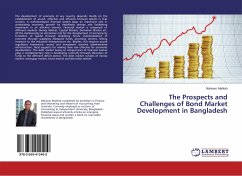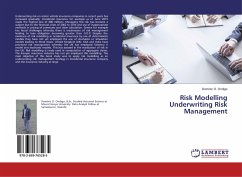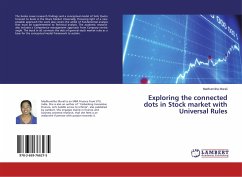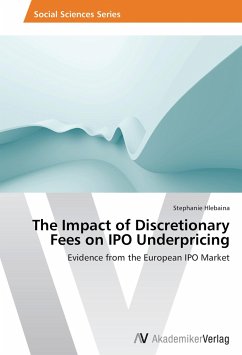
Rules vs. Discretion in Setting Bond Underwriting Fees
The Role of Banking Relationships
Versandkostenfrei!
Versandfertig in 6-10 Tagen
32,99 €
inkl. MwSt.

PAYBACK Punkte
16 °P sammeln!
The question of which factors are relevant in determining the dispersion in bond underwriting fees is empirically investigated by analyzing, with the help of heteroscedastic regression models, 1,453 bond issues completed by European firms during the 1998 2008 period. We interpret unexplained deviations as evidence of the banks discretionary use of market power in the bond underwriting fee setting process. Three major results emerge. First, stronger banking relationships tend to increase discretion in bond underwriting fees. Second, conditions and stage of development of capital markets are an ...
The question of which factors are relevant in determining the dispersion in bond underwriting fees is empirically investigated by analyzing, with the help of heteroscedastic regression models, 1,453 bond issues completed by European firms during the 1998 2008 period. We interpret unexplained deviations as evidence of the banks discretionary use of market power in the bond underwriting fee setting process. Three major results emerge. First, stronger banking relationships tend to increase discretion in bond underwriting fees. Second, conditions and stage of development of capital markets are an important determinant of discretion and it tends to decrease in more developed capital markets. Third, external credit rating agencies provide an important hedge to reputation and potential liability risk for underwriters, which is a key determinant of the direction and strength of the banking relationship effect on the dispersion of underwriting fees. The implications of these findings are also discussed.












